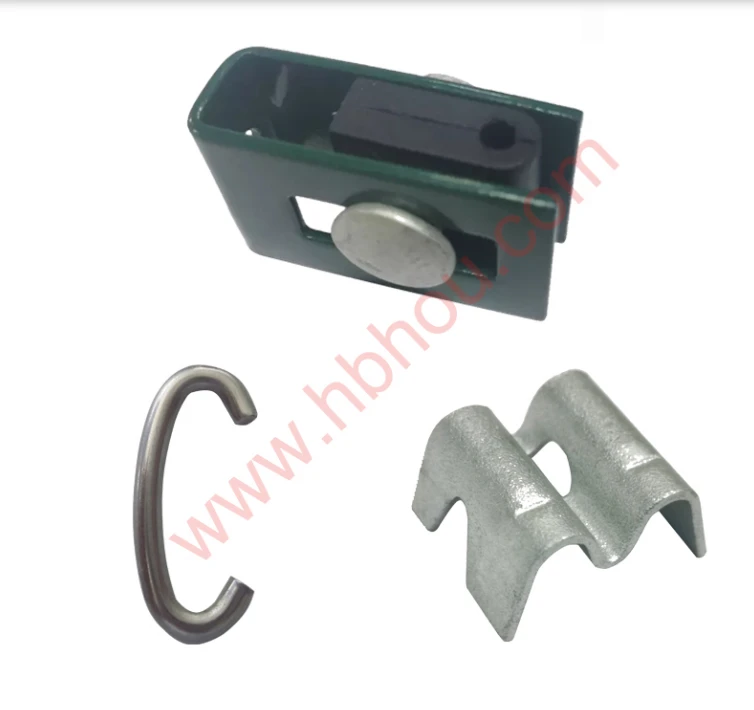Gabion 2D An Innovative Approach to Landscape and Structural Design
Gabions, originating from the Italian word “gabbioni” which means “big cage,” have become a popular choice in both civil engineering and landscape architecture. Traditionally used for erosion control and retaining walls, gabions are wire mesh cages filled with various materials such as stones, concrete, or recycled materials. Their versatility and aesthetic appeal make them suitable for a wide range of applications. The concept of “Gabion 2D” explores not only the conventional use of gabions but also their potential in two-dimensional design, particularly in the realm of art and landscaping.
The Basics of Gabion Design
Gabion structures are primarily known for their functional benefits. They provide excellent drainage and resistance against harsh weather conditions, making them ideal for areas prone to erosion or flooding. The design of these structures focuses on the arrangement of the wire mesh and the choice of filling material, which can include natural stones, river rocks, and even artistic materials. The 2D aspect of gabions refers to their application in flat surfaces, integrating them into garden designs, walkways, and urban furniture, such as benches and planters.
Aesthetic Appeal
Gabion 2D designs offer an innovative way to incorporate natural elements into modern architecture. They harmonize with the environment, providing aesthetic value while serving functional purposes. Designers can create captivating patterns and textures using varied stone sizes and colors within the gabions. This artistic approach allows landscapes to blend seamlessly with their surroundings, offering a rustic charm that complements contemporary materials.
Environmental Sustainability
gabion 2d

One of the standout features of gabions is their sustainability. By using locally sourced stones and materials, these structures significantly reduce transportation costs and carbon footprints. The longevity and durability of gabions ensure that they require little maintenance over time, further emphasizing their eco-friendly nature. In the context of Gabion 2D, this sustainable approach is enhanced by using recycled materials for both the cage and the fill, promoting a circular economy in construction and design.
Applications in Urban Design
As cities grow increasingly dense, the need for innovative landscaping solutions becomes paramount. Gabion 2D can be applied in urban settings where space is limited. Vertical gardens composed of gabion structures can be used to enhance urban aesthetics, provide shade, and improve air quality. Additionally, gabions can serve as effective noise barriers in bustling areas, adding another layer of functionality to their design.
Community Engagement
The use of gabions in public spaces also encourages community interaction. Workshops and community events can promote the importance of sustainable design through hands-on experience in building gabion structures. This communal approach not only fosters a sense of ownership among residents but also educates them about environmental responsibilities.
Conclusion
Gabion 2D represents a shift in how we perceive and utilize traditional materials. The combination of functionality, aesthetic appeal, and sustainability positions gabions as a solution to many modern landscaping and urban challenges. By embracing the potential of gabions in 2D design, we not only enhance our environments but also contribute to a more sustainable and interconnected future. Whether as a retaining wall, a decorative feature, or part of an urban furniture piece, gabions offer endless possibilities for creativity and functionality in design. As we continue to explore their versatility, gabions will undoubtedly remain a cornerstone in the evolution of landscape architecture.
















